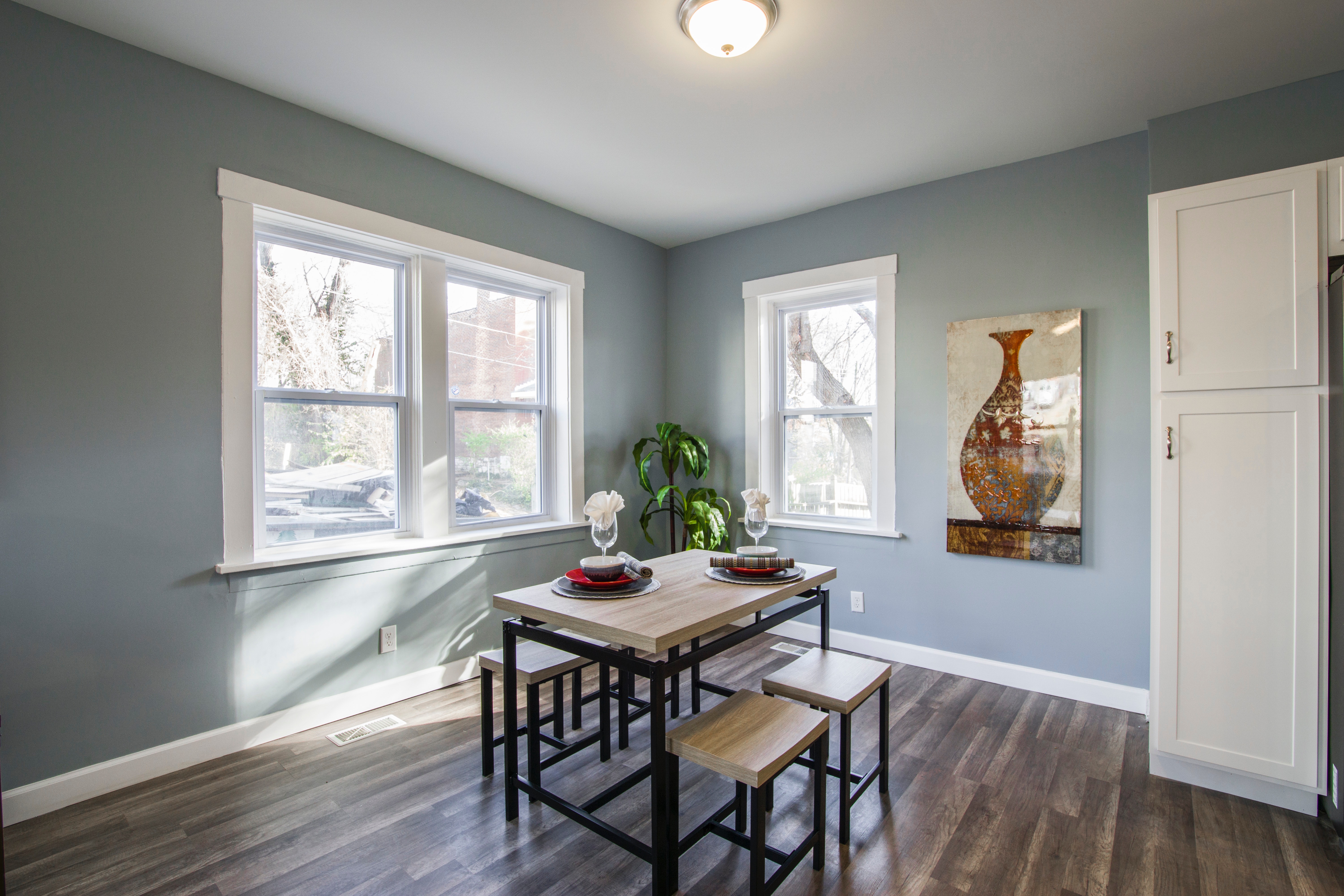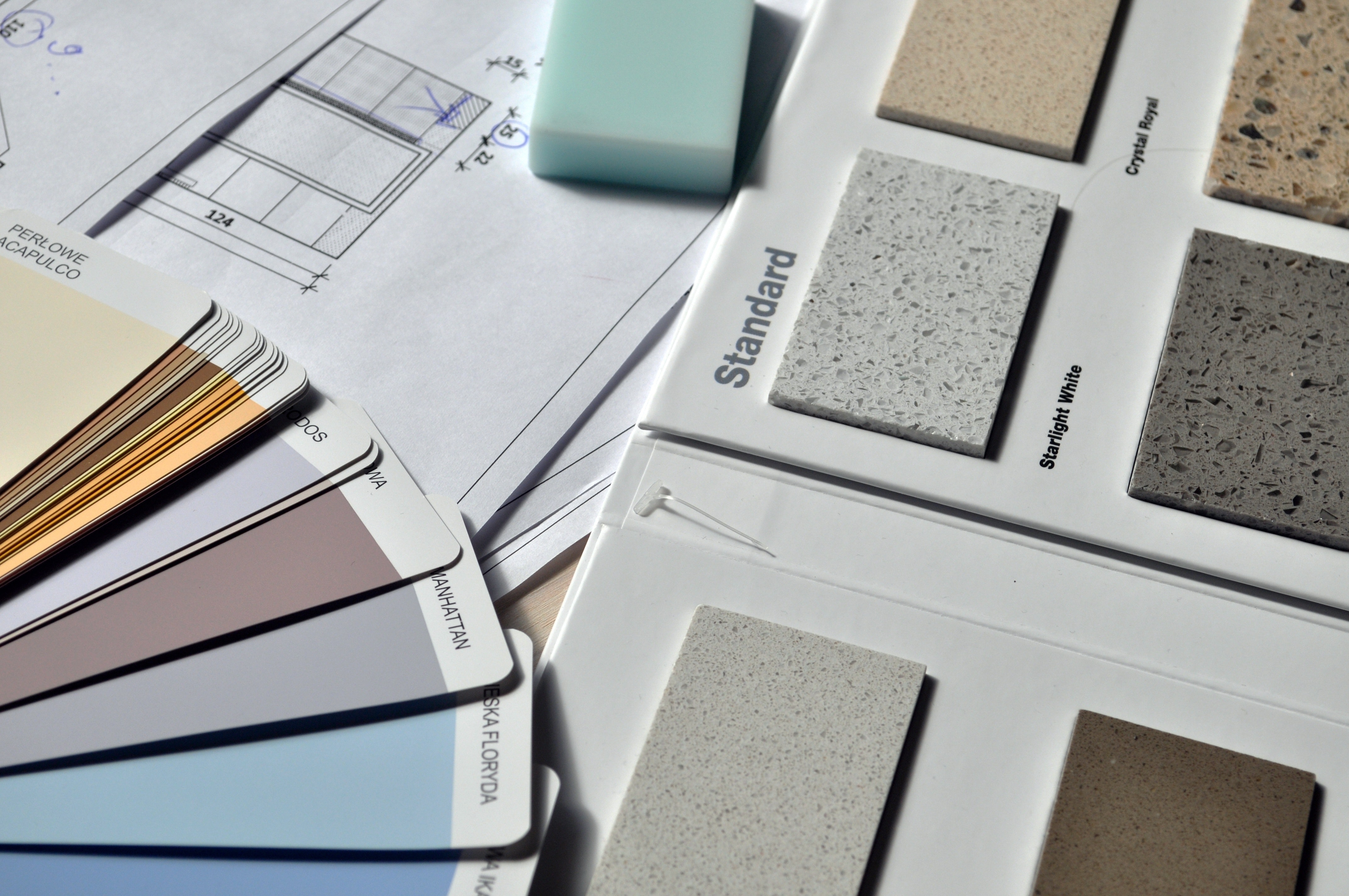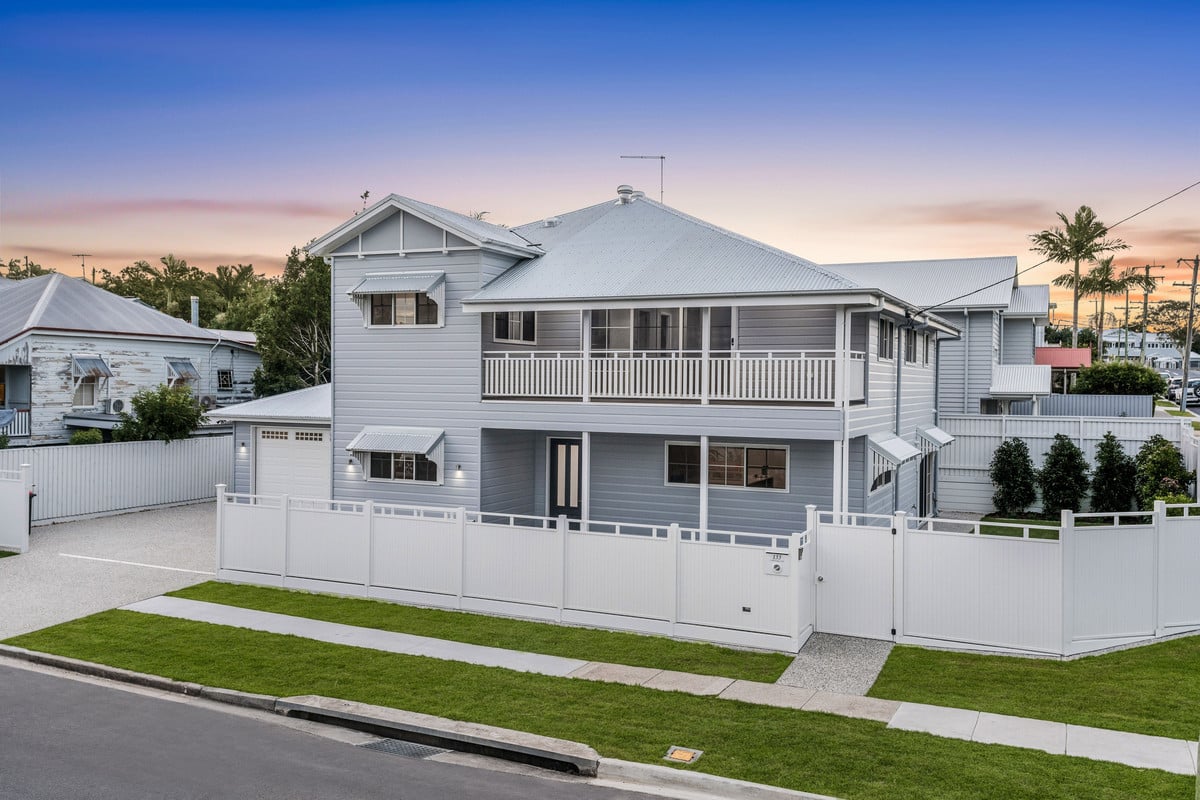Renovating your home can be a very costly process to both your time and bank account, but often overlooked are the costs to our planet.
If you’re looking to renovate your home now, or anytime in the future, consider taking these three simple steps towards ensuring your home is sustainable for the future. A ‘green’ renovation isn’t just achieved though the use of more energy efficient, biodegradable and recycled materials, but also through some basic design principles that can go a long way into future proofing your home, in a very eco-friendly way.
1. Passive Design
Is the sole purpose of a home merely to keep us sheltered from the outside environment? The concept of passive design¹ takes advantage of the natural climate to maintain a comfortable temperature range in the home, reducing or eliminating the need for auxiliary heating or cooling Instead of shielding us from the elements, the surrounding environment can help make your home a greener one. Using passive design to make your home more efficient can ultimately make use of the sun’s energy for the heating and cooling of your home. This can be integrated via adding additional windows on northern side of your home, absorbing heat from the sun and naturally warming your home.

Similarly, particularly more so for the Australian climate, relocate more living spaces to the south side of the residence, where spaces are far cooler than others. The installation of insulation to preserve the internal temperature of your home, along with eaves over the north-facing windows to shade them from the summer sun, can also account for more comfortable living. This reduces the need and reliance on artificial heating/cooling appliances in the home, halving your electricity bills, and carbon footprint.
2. Planet-friendly Flooring
Your floor can play a critical role in adding or detracting from your home’s efficiency. The first step is to consider using natural materials that draw heat in. Concrete and brick absorb heat during the day, cooling warmer rooms in the summer. It’s best to install these thermal masses in sunny locations, where they can absorb most the heat. During the winter, the same dense materials can protect the room from much cooler outside temperatures.

If you’re more attracted to softer materials as a flooring option, you may wish to use bamboo or even reclaimed hardwood which assures a more traditional design as well. These are sustainable preferences, as bamboo grows quickly enough to restore itself, despite being cut down even for the mass production of flooring. Similarly, reclaimed hardwood doesn’t require cutting down of new trees; it’s a recycled wood that helps reduce the total amount of landfill created each year, while adding a traditional, yet natural element to your home.
3. Roofing to Make You Raise the Roof
Perhaps one of the most important elements which can influence your environmental footprint is what you put on top of your home. When it comes to your home, the most sustainable option to consider is one that will last you a lifetime, and accommodate renewable energy sources such as solar panels. Cooler metal such as iron and steel contain reflective properties which aid in keeping the heat out, and costs low. In fact, these options can help you see a 20% reduction in your energy costs annually¹. Steel roofs are also 100% recyclable, unlike traditional asphalt shingles.

Further to this, the installation of solar panels to your roof can work to reduce your carbon footprint considerably. While being an obvious option, often cast aside due to its hefty expense, substantial research exists which favours the use of solar energy in your home, offsetting and/or diminishing future costs in the long run; not to mention the obvious positive environmental consequences. What’s more, when away from your home for an extended period of time, your solar system can actually generate substantial amounts of energy back into the grid, putting your energy bill in a surplus.
Your next renovation could be one that completely transforms your home into one that acts as a self-sustaining and environmentally friendly entity which actually saves you money. Taking the leap and investing your time, money and energy into making this change will also work to make your life more comfortable, while increasing your home’s resale value³. Renovating or selling your home can be a major turning point in your life, so it’s important to talk to the experts who can help you make this process a smooth and enjoyable one. If you’d like to keep up to date with all things real estate, subscribe below to our First Place Weekly newsletter.
Sources:
1. http://www.yourhome.gov.au/passive-design
2 & 3. https://ecowarriorprincess.net/2017/02/top-10-eco-friendly-ways-renovate-home/
